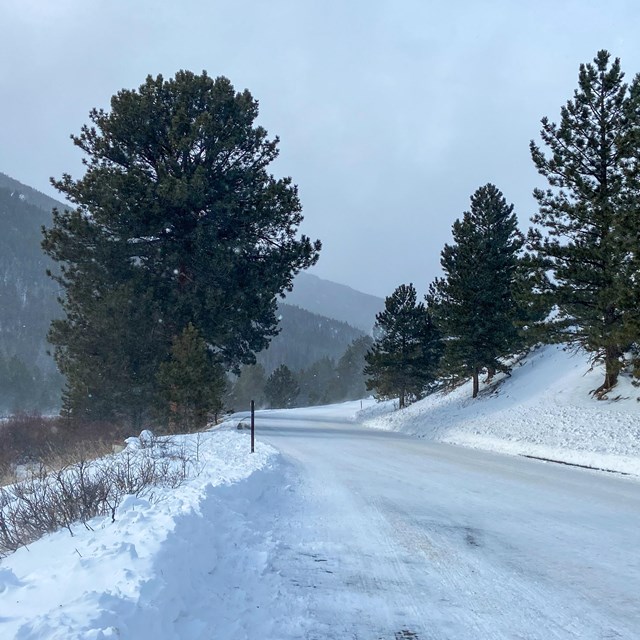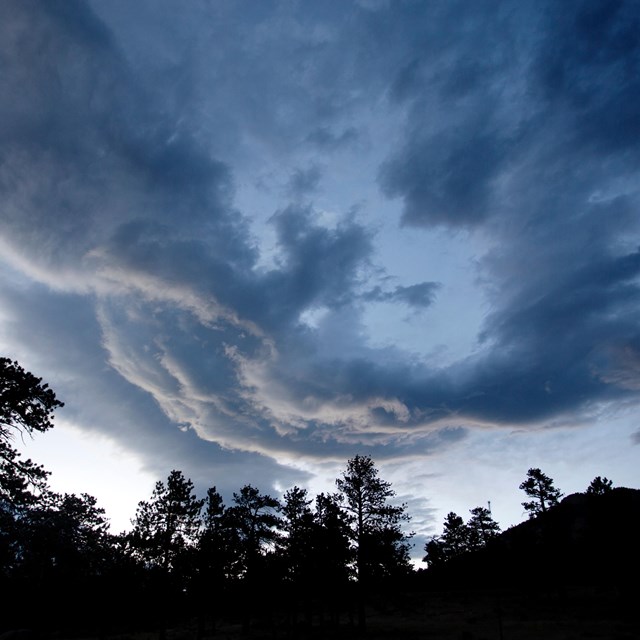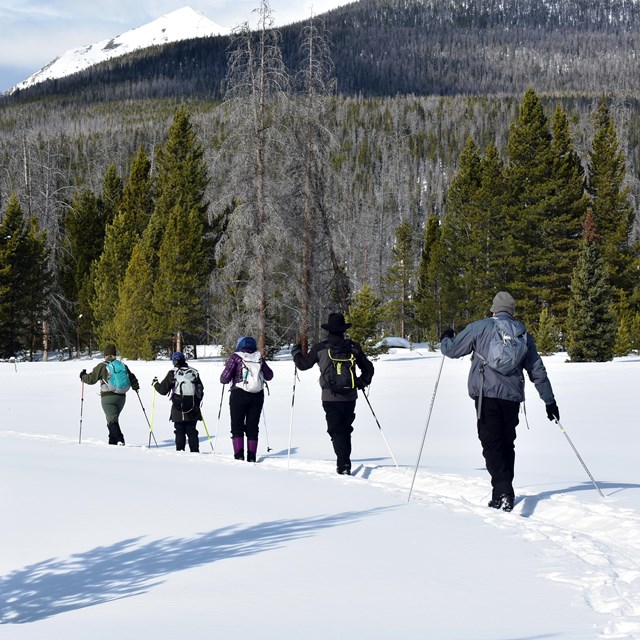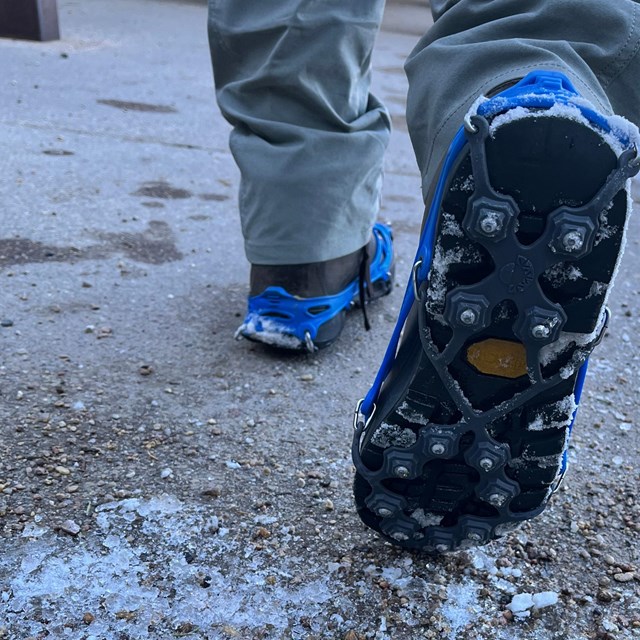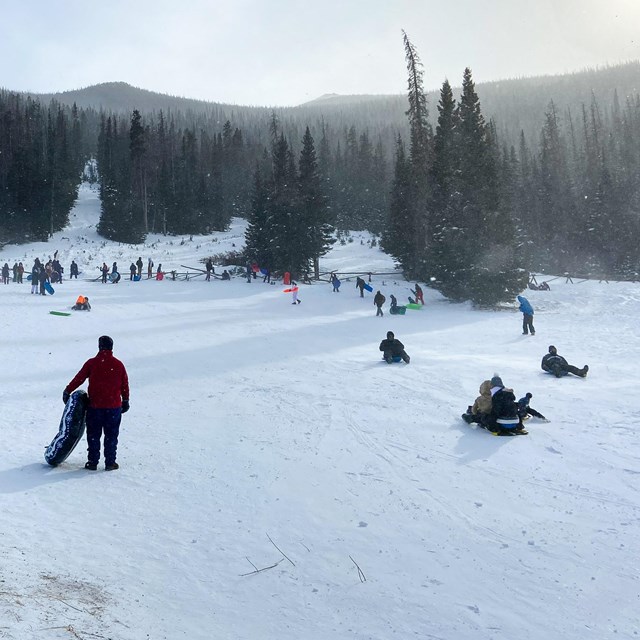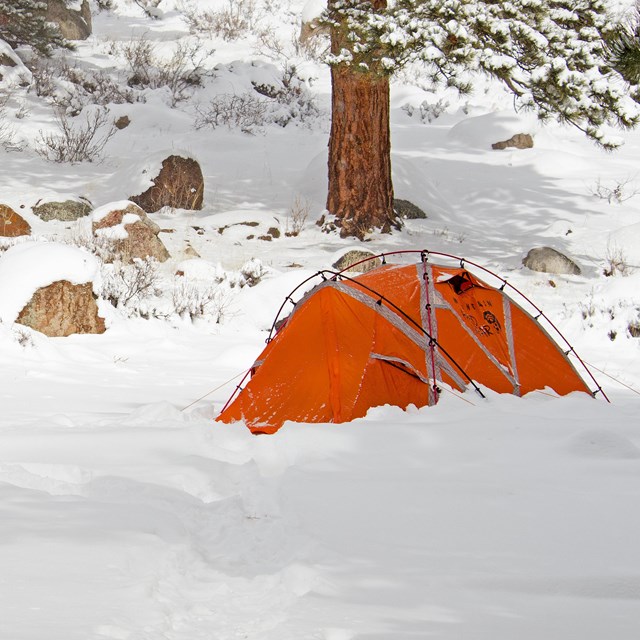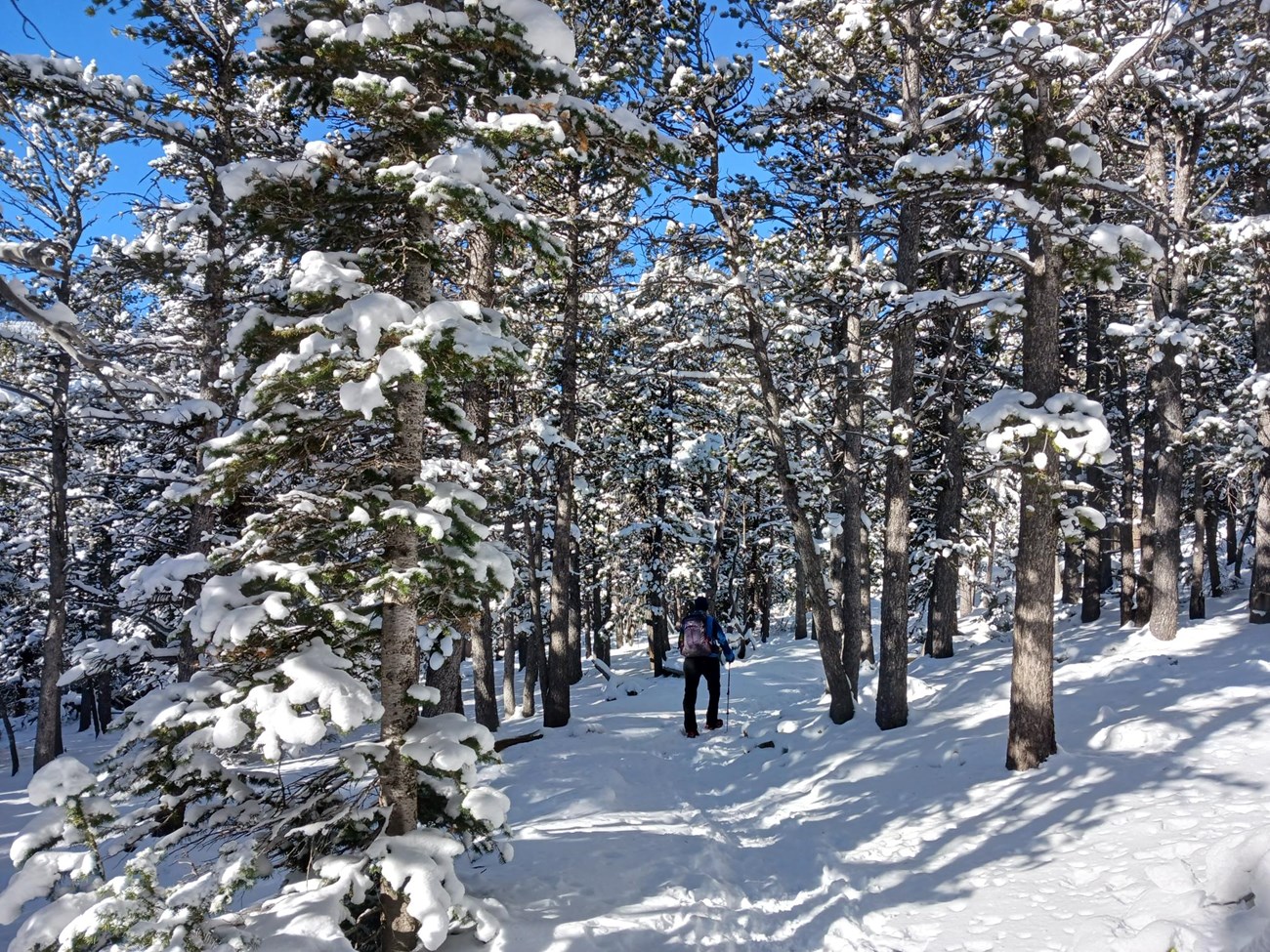
NPS Planning to visit Rocky Mountain National Park this spring? If so, be prepared for snow! This is magical time to visit the park, a time when there are fewer crowds and it's easy to enjoy both solitude and snow on a winter wilderness adventure. When Does the Winter Season Begin?With elevations ranging from 7,800 feet to over 14,000 feet above sea level, winter conditions can greatly vary in the Rocky Mountains. The winter season, especially at locations above 8,000 feet, can stretch from late September or early October to late May or early June. Resources to Help You Plan for a Fun Winter Adventure:
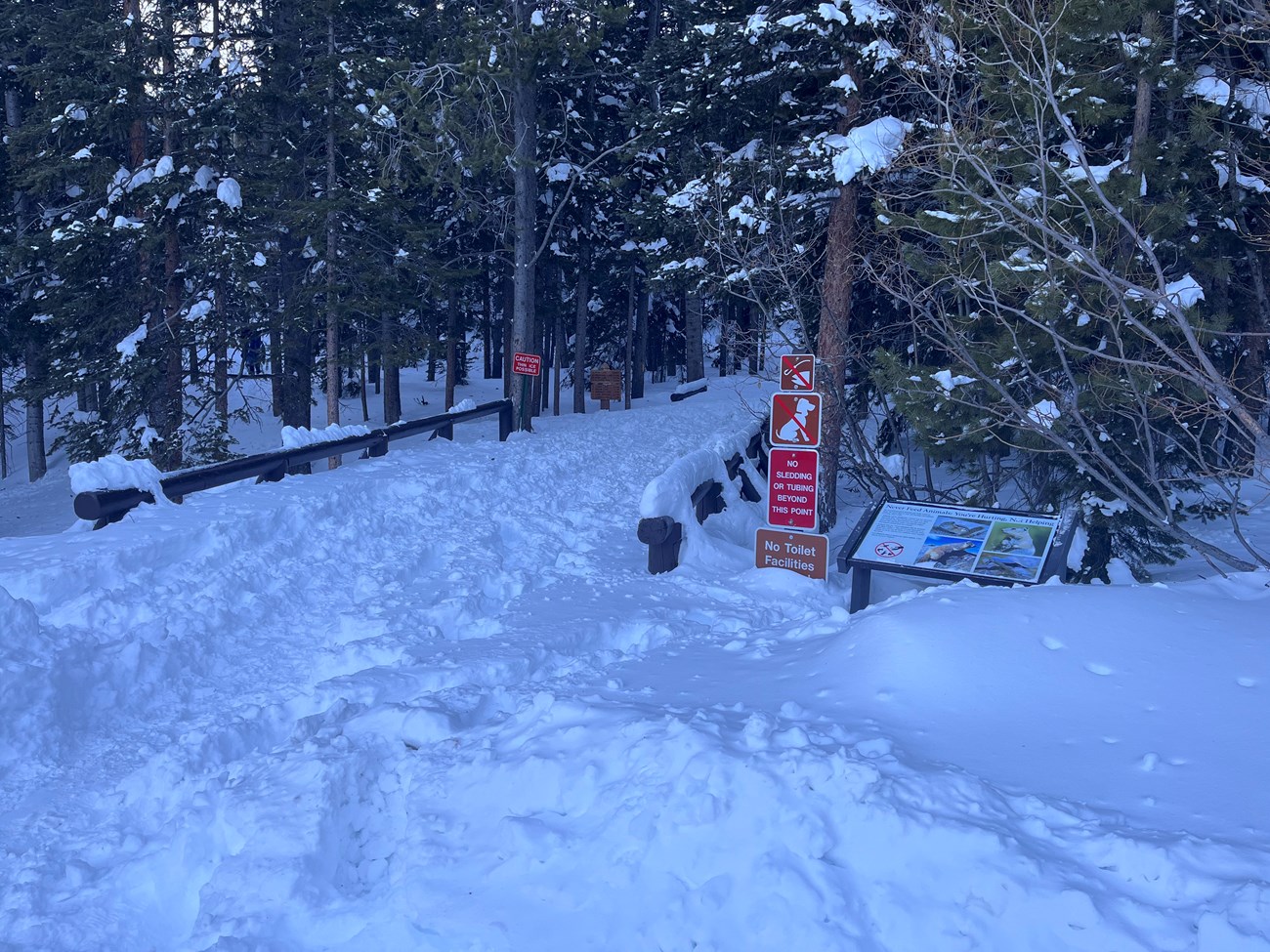
NPS Photo How Much Snow is in the Park?The park has SNOWTEL monitors located near both Bear Lake and Wild Basin. 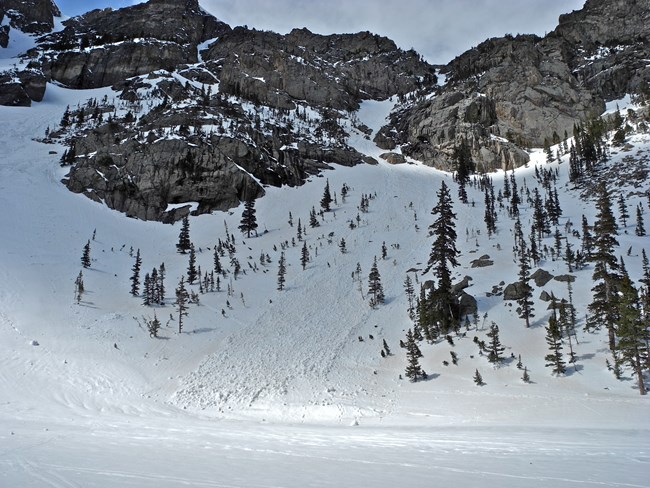
NPS Photo Be Avalanche Aware!Did you know that many of the park’s winter trails, including destinations in the Bear Lake and Hidden Valley areas, are located within significant avalanche terrain? 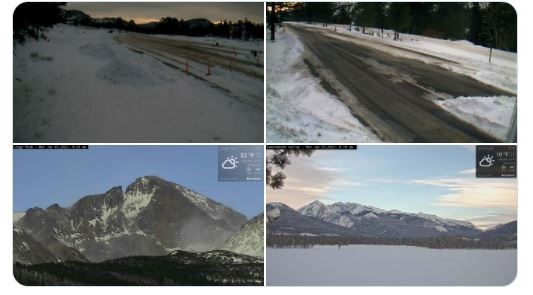
NPS What Does the Park Currently Look Like? Check Out our Webcams!Interested in seeing what conditions look like in the park? Rocky Mountain National Park has six live webcams showing views from different locations within the park. 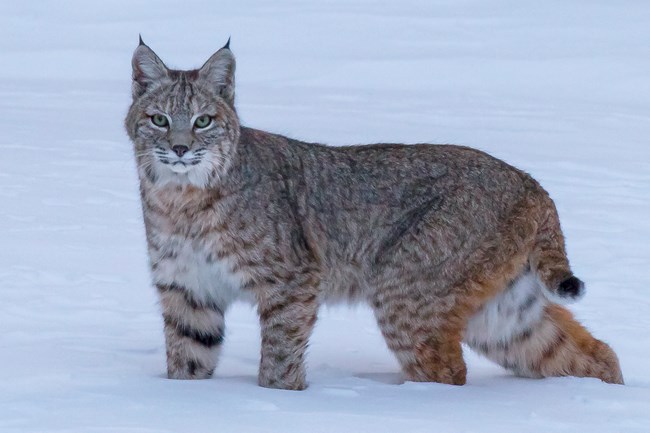
NPS Photo Wildlife ViewingThe winter season creates some unique wildlife viewing opportunities. To learn more about how to safely view wildlife, please visit our Wildlife Viewing page. |
Last updated: April 5, 2024

